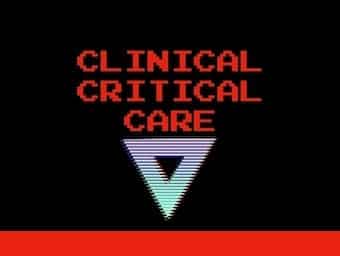
The future of prehospital care
The future of prehospital care; treatments and technologies on the horizon with Halden Hutchinson-Bazely at SMACC 2019

The future of prehospital care; treatments and technologies on the horizon with Halden Hutchinson-Bazely at SMACC 2019

Luís Morquio (1867 - 1935) was a Uruguayan paediatrician. Eponym: Morquio syndrome (1929) Severe form of skeletal dysplasia
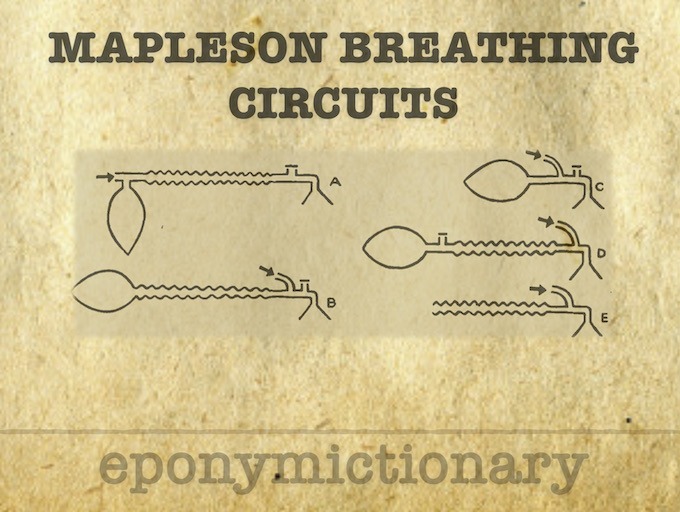
The Mapleson Circuit Systems are used for the delivery of oxygen and anaesthetic agents and the removal of carbon dioxide during general anaesthesia. There are five Mapleson circuits: A, B, C, D and E (F was added later by Wills et al)

Chile has unique characteristics which pose several challenges for rescue and retrieval medicine. Pablo Hasbun at SMACC 2019
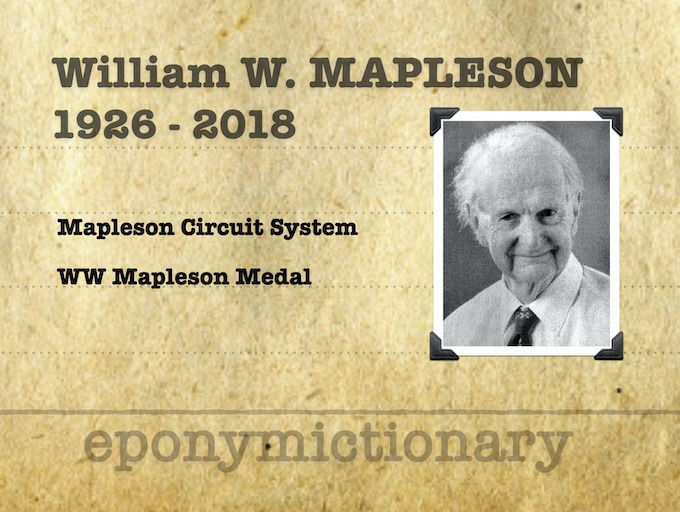
William Wellesley Mapleson (1926 – 2018) was an English physicist of anaesthesia. Classified of the five ‘Mapleson breathing circuits’ in 1954

Changing the face of triage: use of ultrasound in the field with Chris Partyka at SMACC 2019
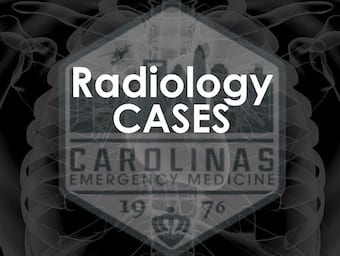
May 2021 Adult Emergency Medicine Chest X-ray interpretation with Travis Barlock, MD and Breeanna Lorenzen MD

Mulinda Nyiendra discusses standardising pre-hospital care in Africa and some of the major issues experienced such as access to prehospital care services.
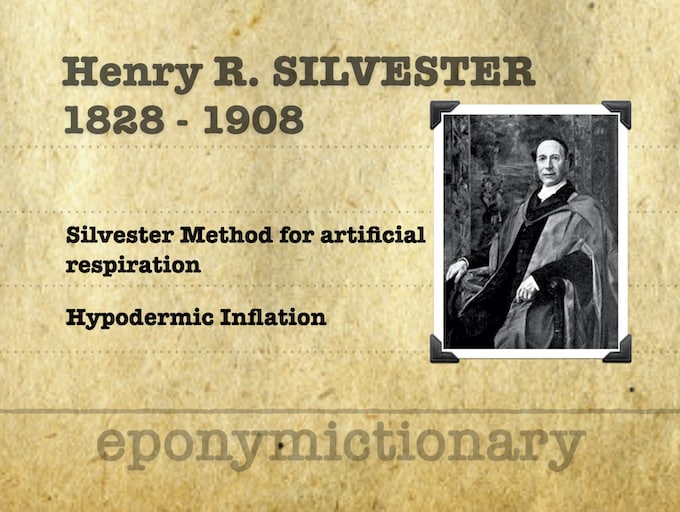
Henry Robert Silvester (1828-1908) was an English physician. Eponym: Silvester method of artificial respiration; and hypodermic inflation to prevent drowning...

Edward Mott Moore (1814-1902) was an American Surgeon. Best known for his eponymous description of the Moore fracture in 1870
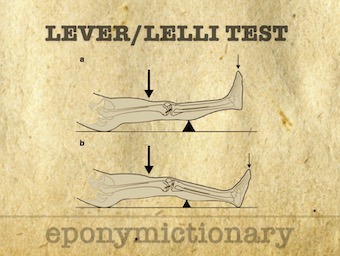
Lelli test or Lever test designed by Alessandro Lelli, Italian surgeon clinical test to diagnose Anterior Cruciate Ligament (ACL) disruption.

Alessandro Lelli - Italian orthopaedic surgeon specialising in knee arthroscopy and reconstructive surgery. Eponym: Lelli test (Lever test) Knee ACL